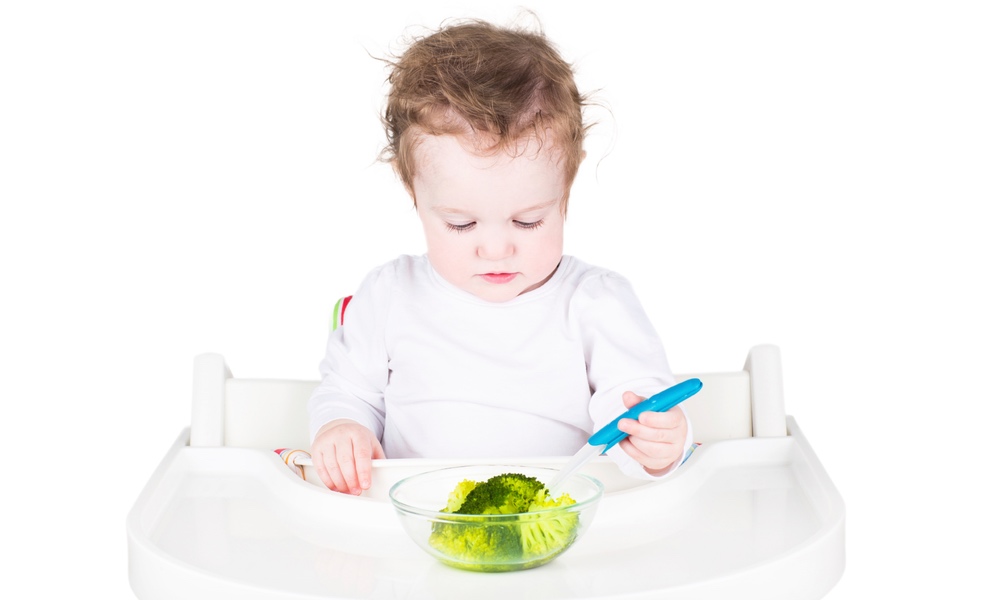Kids don’t eat enough fruits and vegetables, but getting youngsters to eat fruits and vegetables can be difficult. Their health benefits are well-documented, and a lack of these foods in childhood can lead to health problems later in life. Having fruits and vegetables readily available at home can help start kids down the right path, a new study suggests, but it’s not just up to moms to set the good example. Both parents are influential.
Children's dietary habits are formed early in childhood and they tend carry into adulthood, so it’s important that they are exposed to a diet rich in fruits and vegetables from the time they start eating solid food.
University of Eastern Finland researchers examined the relationship between the foods served at home and kids’ consumption of fruits, vegetables and berries. Just over 100 three- to five-year-old children and their parents took part in the study. The amount of raw and cooked vegetables, fruit and berries eaten was assessed separately based on a survey of parents. Berries and cooked vegetables were the least eaten foods among the people in the study.The example set by adult caregivers enjoying fruits and vegetables will go a long way to helping little ones accept these foods.
“This shows that teaching children to eat their greens is not something mothers should be doing alone. A positive example set by both parents is important, as is their encouragement of the child,” said Kaisa Kähkönen from the University of Eastern Finland, in a statement.
Because families often eat together, dinner is a daily opportunity to eat vegetables in many forms whether as a side dish, a salad or the main course. This makes dinner the most important meal of the day, the researchers believe. Evening snacks were the most important meal for eating fruit.
The study was published in Food Quality and Preference.





